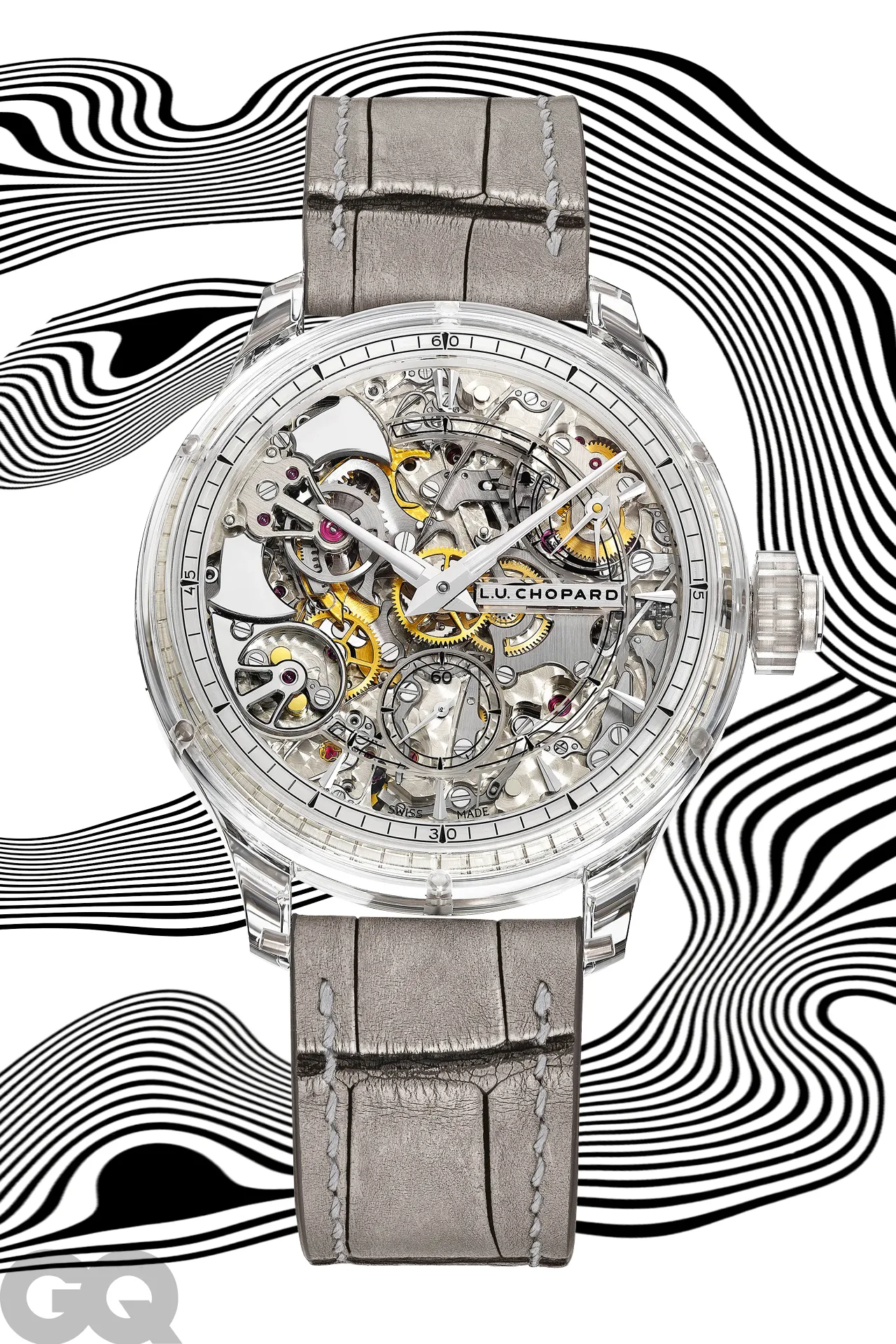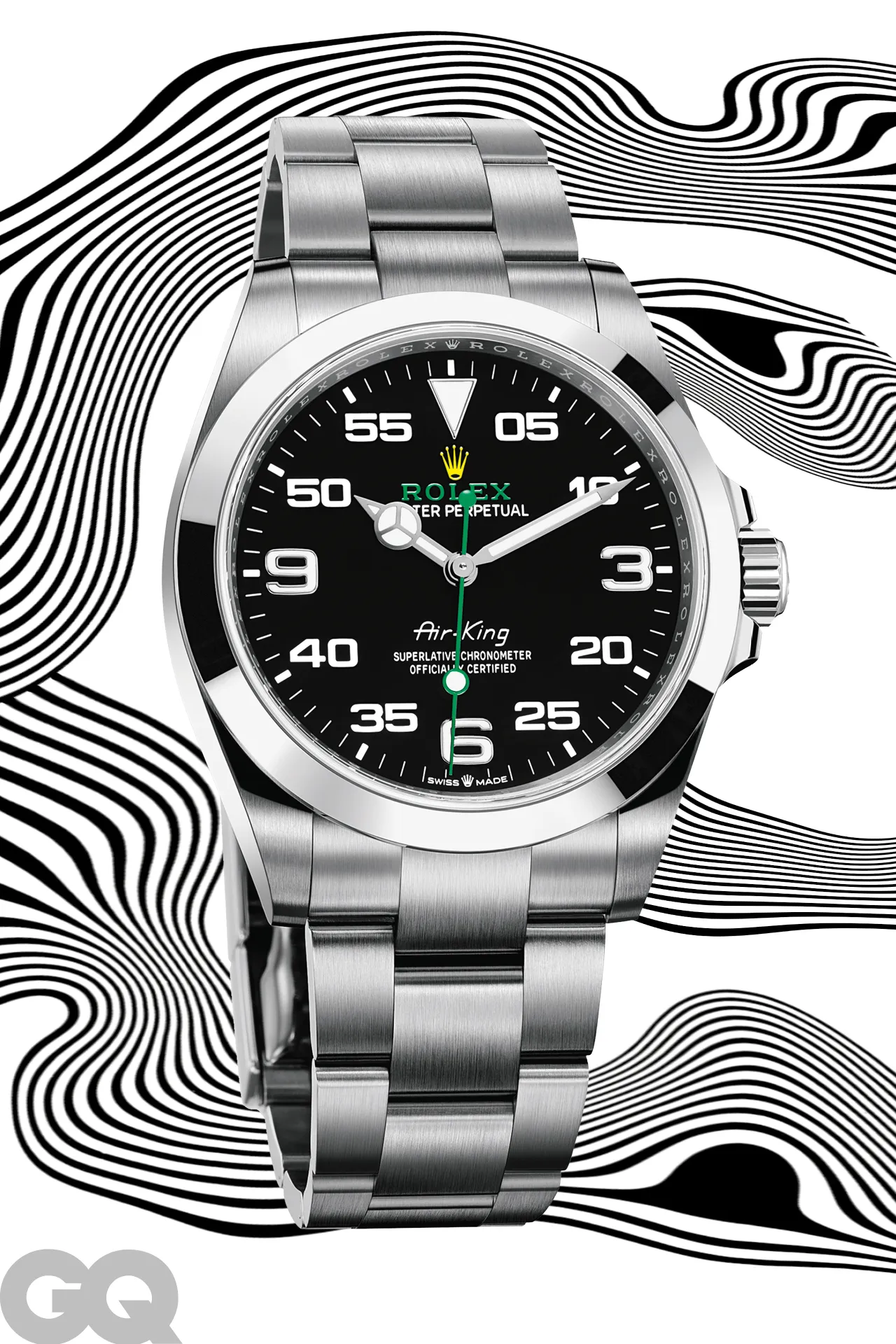
Among Rolex’s 2022 releases, undisputedly grabbing the headlines is the South-handed, crown-type GMT Master II with its black-and-green bezel – Sprite or Riddler if you like nicknames. It’s the kind of gimmick that Rolex geeks love, and an opportunity for Crown’s social media family to post pictures of other left-handed Rolexes from the past. As a seasonal trophy table, it’s a grand slam, but it’s not for me. I’ve been thinking about the reintroduction of the most historic and confusing Rolex watch ever – the Air King.
Unlike what Rolex usually does on a dial (Submariner for a diver, Day-Date showing the day and date), the function of the Air-King has nothing to do with aviation. There is insufficient evidence for the hypothesis that it was named for an RAF pilot in 1940, possibly stemming from a name registered in Switzerland in 1943. Today, the Air King exists as a solitary model after the discontinuation of the “Air” series of models consisting of Tiger, Lion and Giant. Production of the Speedking also ended in the late 1950s, a smaller watch when the model was relaunched under the slogan “Introducing the Air-King, the new Rolex Oyster Perpetual.”
The Air-King was reborn in 2016 as a 40mm watch, and we can now think of the dial of this model: the hour markers are at 3, 6 and 9, the rest of the dial is calibrated in 5-minute increments, and at 12 o’clock An inverted triangle: The effect is a speed or tach counter. The crown is patterned in gold and the Rolex in green – a striking design that has sparked comments among Rolex fans, creating an identity not to be confused with the regular Oyster collection.

Fast forward to 2022, and the King Air has had a complete makeover, but unless you look closely, the only noticeable change is the addition of a crown guard. There’s more to it than that, and the accumulation of these barely perceptible changes is enough to subvert my view. As quintessentially Rolex, identifying these changes is like finding differences at the doctoral level, which is part of the appeal for watch lovers.
The Air-King’s storied history is testament to Rolex’s independence and judgment, and it can change according to its needs, and the incremental changes for the 2022 edition fit that statement. For example, adding a “0” before the “5” on the minute scale is a huge change. The now straight sides and Oysterlock safety clasp with Easylink extension bring it in line with core professional timepieces like the Submariner and GMT Master. The dial is 0.8mm wider. Another change that’s only visible in the dark: the new fluorescent agent claims to stay on for twice as long and is noticeably whiter than white during the day. It houses a new movement, Cal 3230, which reduces the height of the watch from 13.1mm to 11.59mm. The strap change is almost as shocking – it’s almost a full millimeter wider.
Rolex’s priority has always been the long-term health of the brand, not myopic focus on the next quarter. It’s easier to make another Oyster Perpetual in pastel colors than to redesign a peripheral model. But this is typical of the big indie brands that are far-sighted, with the power of their own beliefs to decide their next move.

In this way, Patek Philippe, Chopard and Rolex reflect the wider offerings of Swiss watchmaking, rather than being a single sector or even a narrower single model brand. Such a decision shows that the brand takes every detail very seriously. But well-thought-out changes – progressive or overall – show confidence and keep watch lovers on their toes. Prioritizing surprises over easy wins works — everyone is paying attention.
